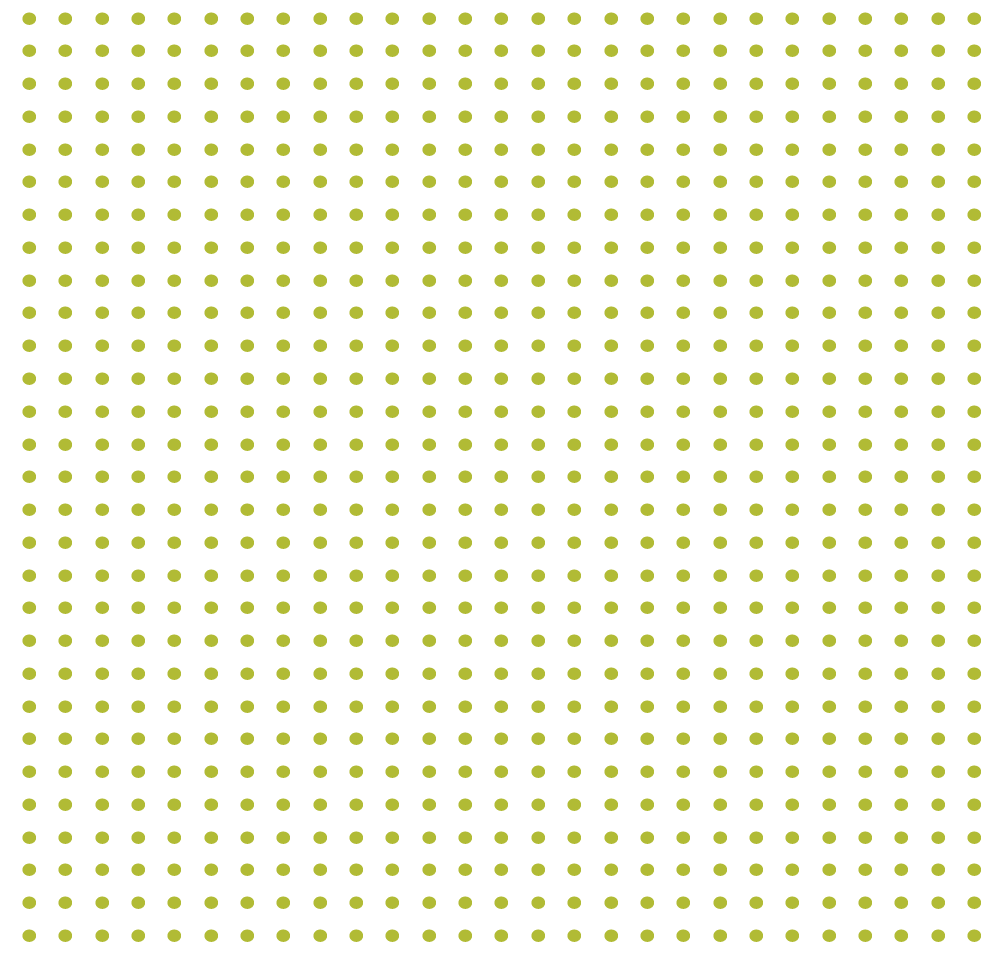2017 Speakers
Ocean World
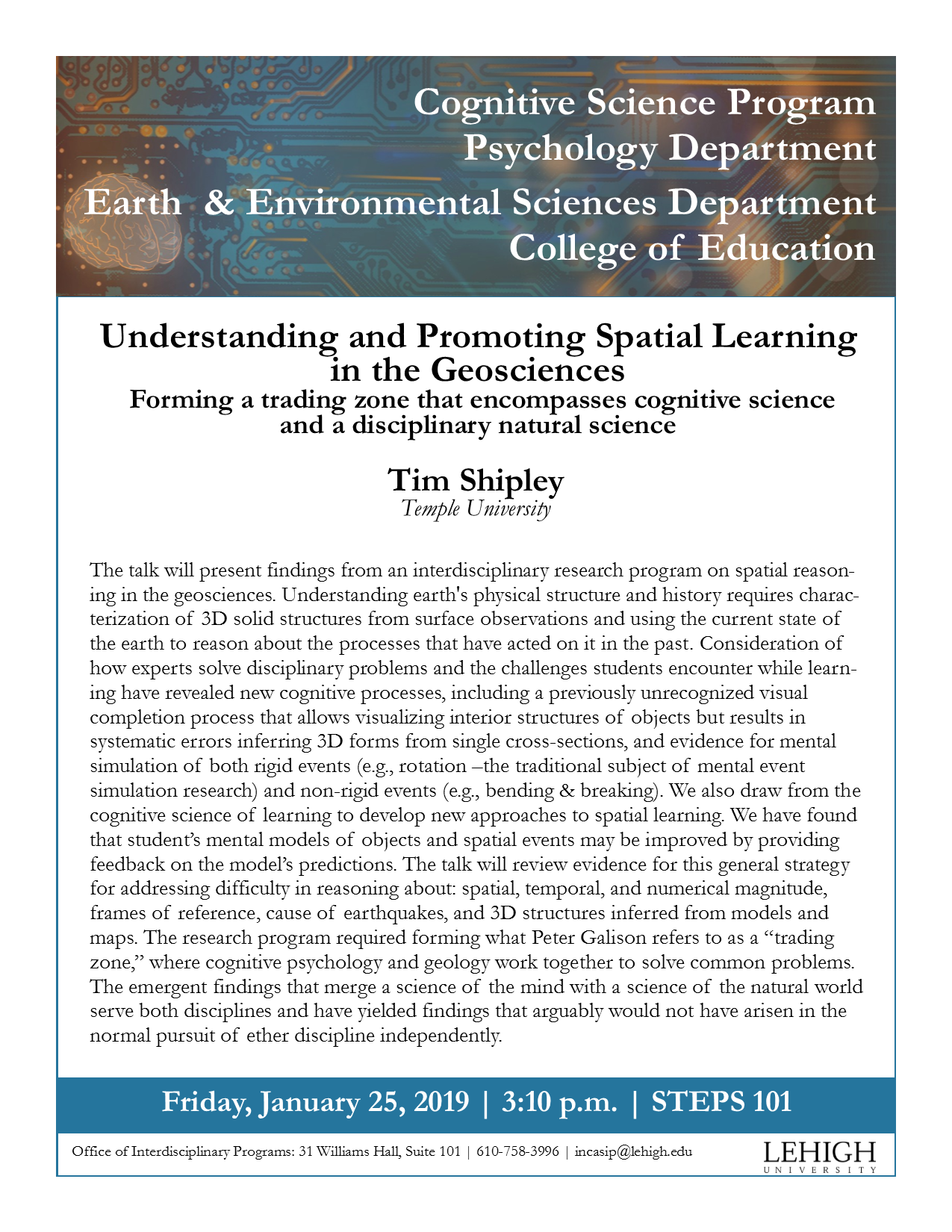
Tim Shipley
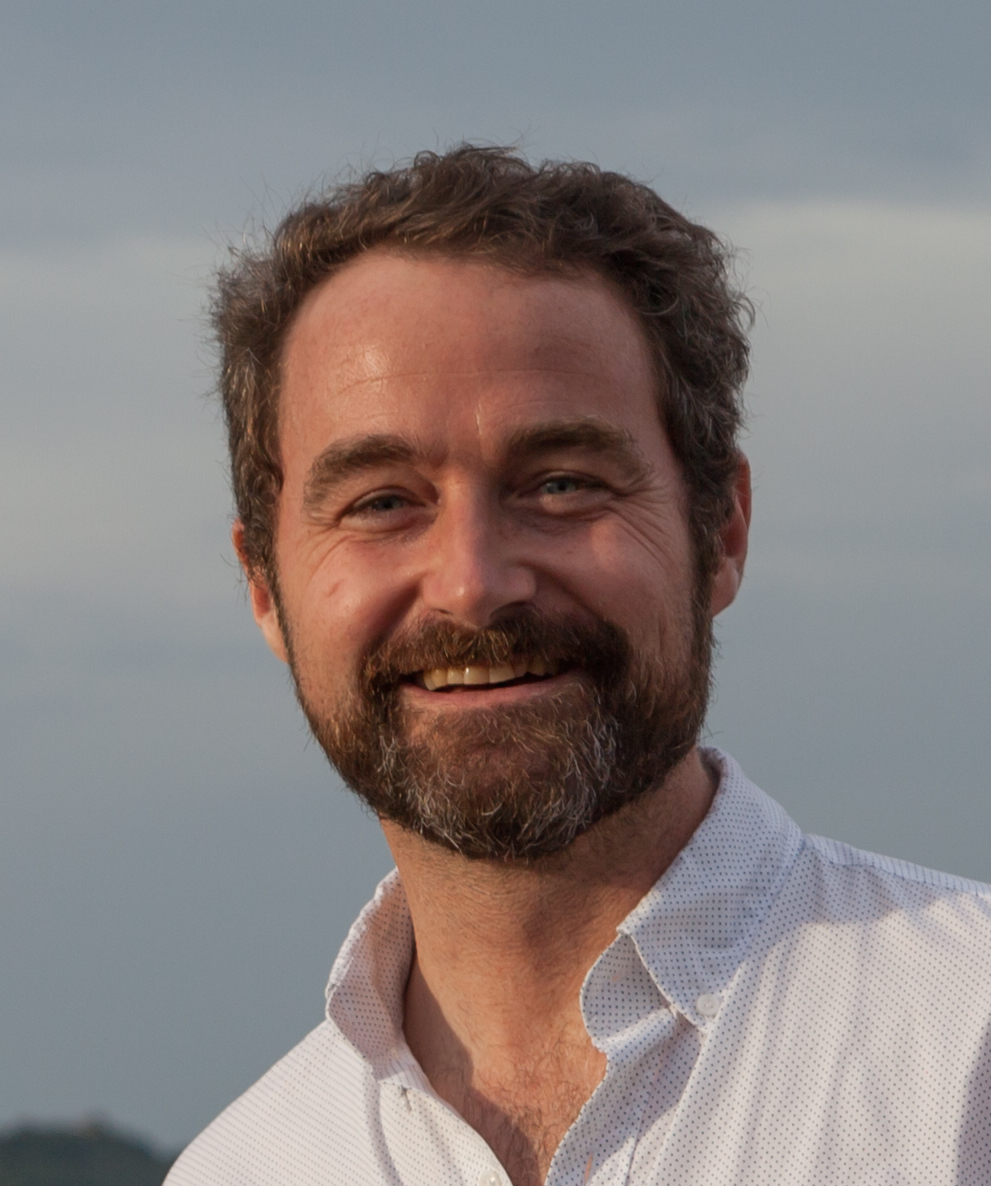
Dr. Kevin Hand
Dr. Kevin P. Hand is a planetary scientist/astrobiologist at NASA’s Jet Propulsion Laboratory (JPL) in Pasadena, California. His work involves numerical, laboratory, and field research on the physics and chemistry of ocean worlds in our solar system. Dr. Hand is a Deputy Project Scientist for NASA’s Europa Mission, leading the pre-Phase-A Europa lander mission concept, and co-chairing the Europa Lander Science Definition Team. From 2011-2016 Hand served as Deputy Chief Scientist for Solar System Exploration at JPL. He is a member of the National Research Council’s Committee on Astrobiology and Planetary Sciences. His work has brought him to the Dry Valleys of Antarctica, the depths of the Earth’s oceans, and to the glaciers of Kilimanjaro and Mt. Kenya. Dr. Hand was a scientist onboard James Cameron’s 2012 dive to the bottom of the Mariana Trench, and he was part of a 2003 IMAX expedition to hydrothermal vents in the Atlantic and Pacific oceans. He has made nine dives to the bottom of the ocean and has been featured in several National Geographic, BBC, and Discovery Channel documentaries. In 2011 he was selected as a National Geographic Emerging Explorer. Hand earned his PhD from Stanford University (and was a visiting scholar in Princeton’s astrophysics department) and he earned bachelors degrees from Dartmouth College. He was born and raised in Manchester, Vermont.

Dr. Julie Huber
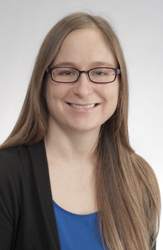
Dr. Krista Soderlund
Dr. Krista Soderlund is a planetary geophysicist broadly interested in fluid dynamic processes. She is a Research Associate at the University of Texas Institute for Geophysics (UTIG), previously earning dual B.S. degrees in Physics and Space Sciences from the Florida Institute of Technology in 2005 and a Ph.D. in Geophysics and Space Physics from the University of California, Los Angeles in 2011. Her recent projects use numerical models to investigate the origin of the Moon’s magnetic field, simulate convection and magnetic field generation within the interiors of Uranus and Neptune, and understand icy satellite geodynamics with an emphasis on Europa and Enceladus. Soderlund is also a science team member of the ice-penetrating radar instrument (REASON) selected for the upcoming Europa Clipper mission and served recently on NASA's Ice Giant Mission Study Science Definition Team.
Contact Prof. Jill McDermott (610-758-3683) for additional details or answers to questions.
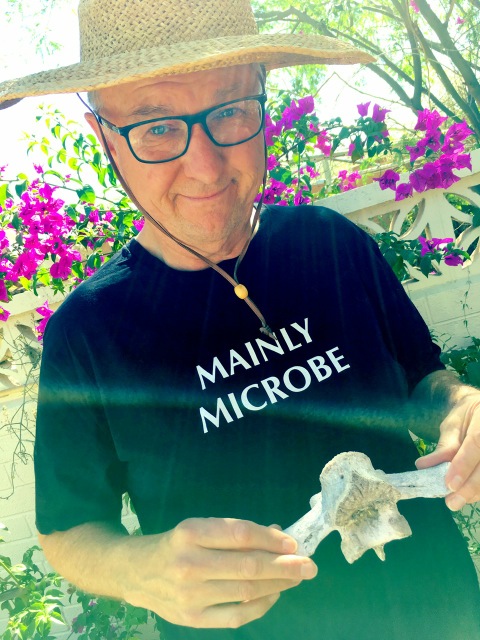
Dr. Everett Shock
Dr. Everett Shock grew up in the heart of Orange County, California, two miles from Disneyland. He received his BS in Earth Sciences at UC Santa Cruz, where he met his wife Allison. After working for a couple years at the US Geological Survey he entered grad school at UC Berkeley where he earned his PhD in Geology. He taught at Washington University in St Louis for 15 years before moving to Arizona State University. Research by Shock and his students converges on understanding how planets become habitable through fieldwork in extreme environments, hydrothermal experiments, and thermodynamic interpretations of planetary geochemical processes. Their fieldwork in hydrothermal ecosystems and regions of active serpentinization take them to Yellowstone and Oman, and their efforts to quantify habitability take them to sub-glacial, cold-spring and acid mine drainage as well. Back in the lab they integrate water, gas, mineral, and microbial samples to gain compositional constraints on Earth microbiomes, place genetic sequencing data in their geochemical context, and test the reactivity of organic compounds and minerals in hydrothermal experiments. Thermodynamic data, lab experiments, and field results all influence their theoretical models of energy and power supply to microbiomes during weathering and hydrothermal alteration processes on Earth, asteroids, and Ocean Worlds. Shock is a member of NASA’s Europa Clipper mission through the science team for the MASPEX mass spectrometer.


